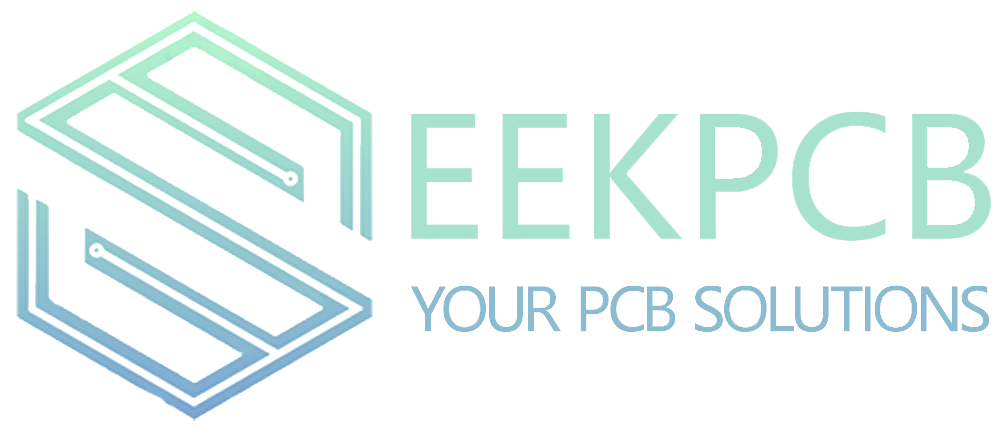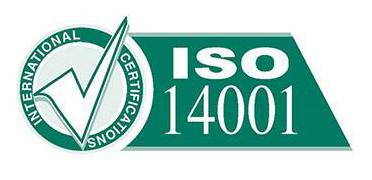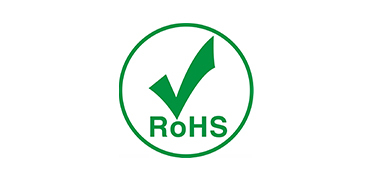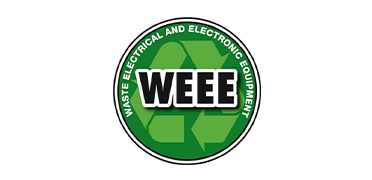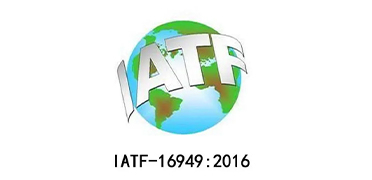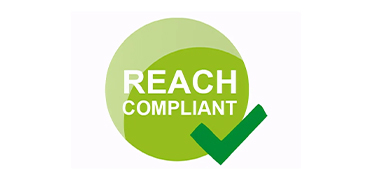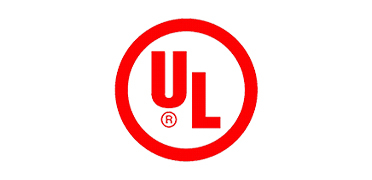Material selection and performance of Multilayer PCB
Views: 0 Author: Site Editor Publish Time: 2023-12-06 Origin: Site








一. When making a multilayer circuit board, the choice of material is crucial because it directly affects the performance and cost of the PCB. When it comes to material selection, designers must balance cost and performance and ensure that the material chosen is suitable for their application. Here is some information and advice on the material selection and performance of multilayer PCB.
1. Substrate material
The substrate materials for multilayer circuit board typically include FR4 glass fiber reinforced epoxy resin, polyimide(PI) and polytetrafluoroethylene(PTFE). FR4 is the most common substrate material, and its balance of cost and performance is well represented and suitable for most applications. PI and PTFE materials have excellent performance in high frequency and high temperature applications, but they cost more.
2. Inner copper
The inner layer of copper is another key material when making multilayer pcb fabrication. It directly affects the performance and manufacturing cost of the PCB. In general, the thicker the inner layer of copper, the higher the current capacity, but the higher the manufacturing cost. When diy multilayer pcb, it is necessary to balance cost and performance, and select the appropriate inner copper thickness according to the application.
3. Outer copper
The outer copper is another key material of multilayer circuit board, which also directly affects the performance and manufacturing cost of PCB. In general, the thicker the outer copper, the better the corrosion resistance and reliability, but the higher the manufacturing cost. Therefore, in terms of material selection, it is necessary to balance cost and performance, and select the appropriate outer copper thickness according to the application.
4. Interface material
The interface materials in multilayer PCB are usually prepreg(PP) and copper foil. The PP is usually a glass fiber reinforced epoxy resin used to connect the inner copper layer to the outer copper. Copper foil is a conductive layer used to cover the surface of the PCB, usually between 1oz and 3oz thick. In terms of material selection, it is necessary to balance cost and performance, and select the appropriate interface material according to the application.
When choosing a multilayer PCB material, it is necessary to balance cost and performance. Costs include manufacturing costs and material costs. Properties include electrical properties, mechanical properties and environmental tolerance. The balance between these factors will give the multilayer PCB the best performance and economy.
二. The following are some suggestions on the selection of multilayer PCB materials:
1. Understand application scenarios
When selecting multilayer PCB materials, we must first understand the application scenarios and requirements. For example, if the application requires high frequency, high speed, or high temperature, you need to choose a material with better performance. If the application requires low cost and common multilayer circuits performance, lower cost materials can be selected.
2. Understand material properties
It is very important to understand the properties of different materials. For example, FR4 is a balance between performance and cost, which is good for mechanical strength and insulation, but may not be suitable in high frequency and high temperature applications. On the other hand, PI and PTFE have excellent high temperature and high frequency characteristics, but cost more.
3. Consider the thickness
The thickness of the inner and outer copper directly affects the performance and cost of the PCB. Choosing the right thickness can balance cost and performance. In general, the thickness of the inner copper is between 1oz and 4oz, and the outer is between 1oz and 3oz.
4. Consider the interface material
When selecting the interface material, it is necessary to consider its mechanical properties, dimensional stability and temperature stability. The mechanical properties and stability of PP are very important because they will provide adhesion between the different layers of the PCB. The choice of copper foil is also very important, because its thickness and quality will affect the electrical conductivity and corrosion resistance of the PCB.
三. In addition to material choice, there are a number of other factors that can affect the performance and cost balance of multilayer circuit board.
1. Stack up
Multilayer PCB can be stacked in different ways, including symmetric stacking, asymmetric stacking and hybrid stacking. Symmetrical stacking is the easiest way to stack and has the lowest cost, but is not suitable for applications that require more layers. Asymmetric stacking can provide more design freedom, but it can also increase costs. Hybrid stacking provides more layers and design freedom while keeping costs low.
2. Favourable design
Favourable design can reduce costs while maintaining performance. For example, avoiding excessive blind holes and drilling in PCB design can reduce costs. At the same time, reasonable layout and path design can reduce circuit noise and crosstalk and improve signal integrity.
3. Manufacturing process
Choosing the right manufacturing process is also one of the key factors in balancing cost and performance. Some manufacturing processes, including multilayer pcb prototype, such as etching, can reduce costs but may affect the performance of the PCB. Other processes, such as Immersion gold, can improve the performance of the PCB, but also increase the cost.
4. Quality control
In the manufacturing process of multilayer PCB, not only for multilayer pcb prototype , but also for volume production, quality control is very important. By strictly controlling all aspects of the processes, the performance and stability of the PCB can be improved, while reducing the manufacturing costs.
In short, balance cost and performance need to consider a variety of factors, in multilayer PCB design and manufacturing, need to consider these factors based on application needs and budget constraints, and choose the best solution. SeekPCB specialize in multilayer pcb fabrication, and can help you select the best choice considering the above requirements.
+86-18925293263
